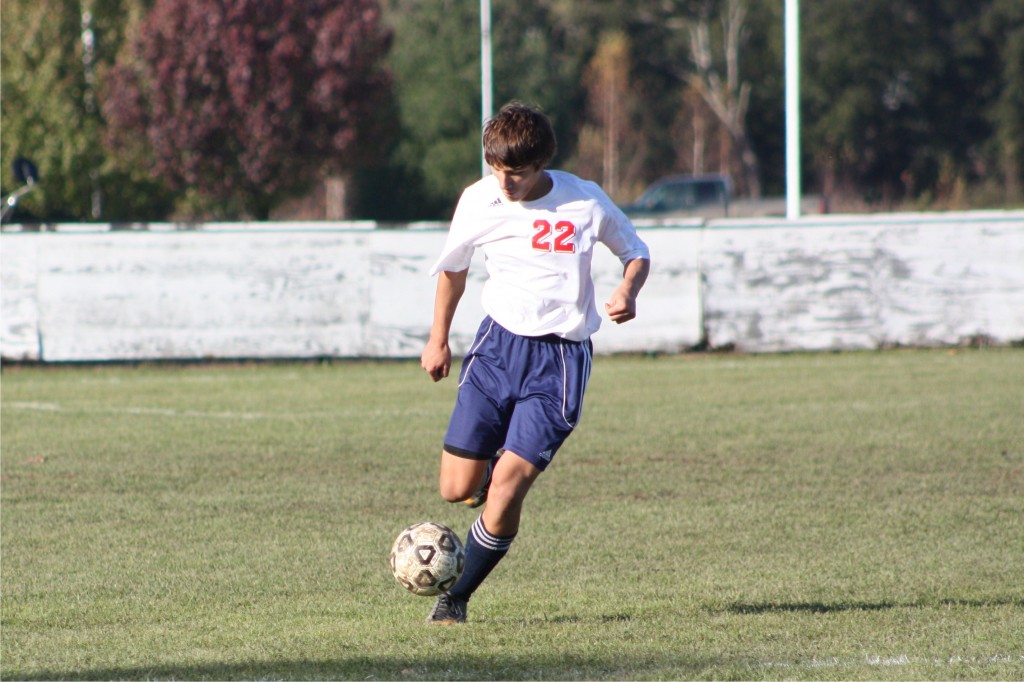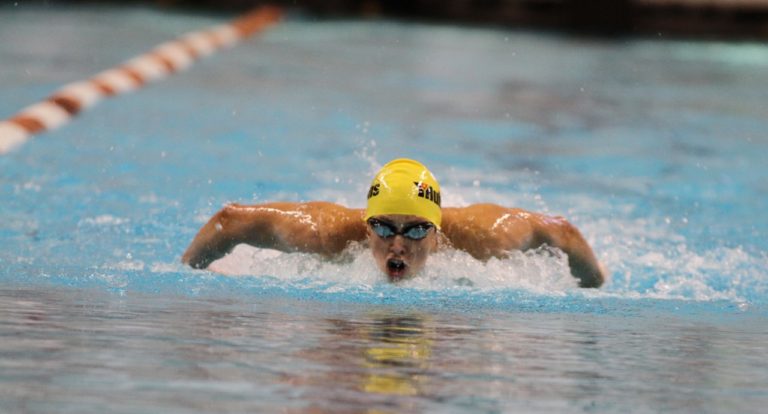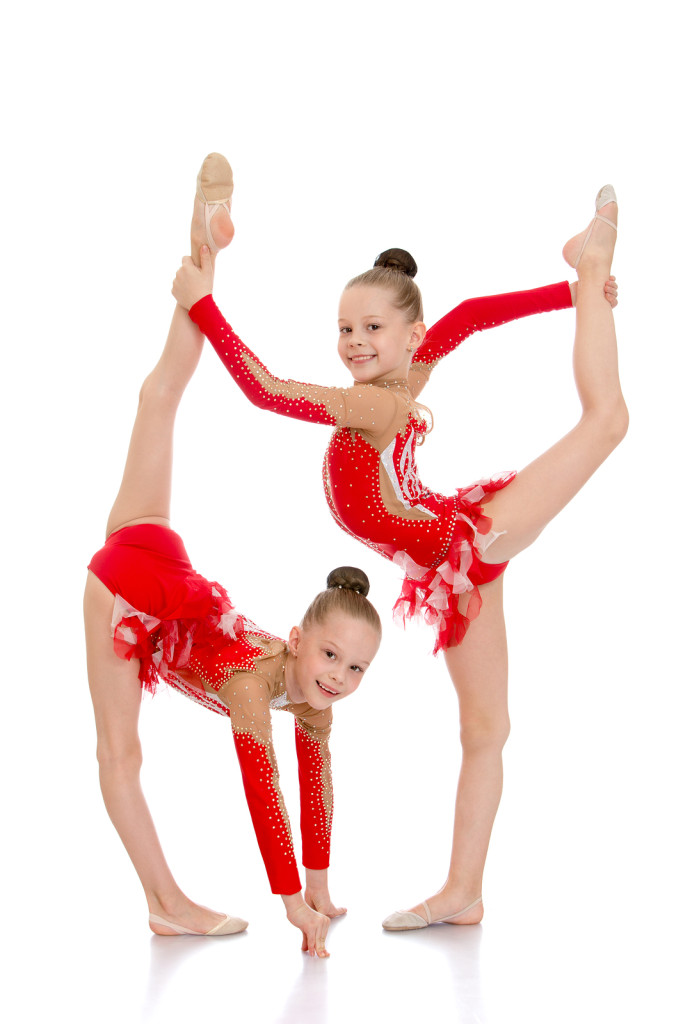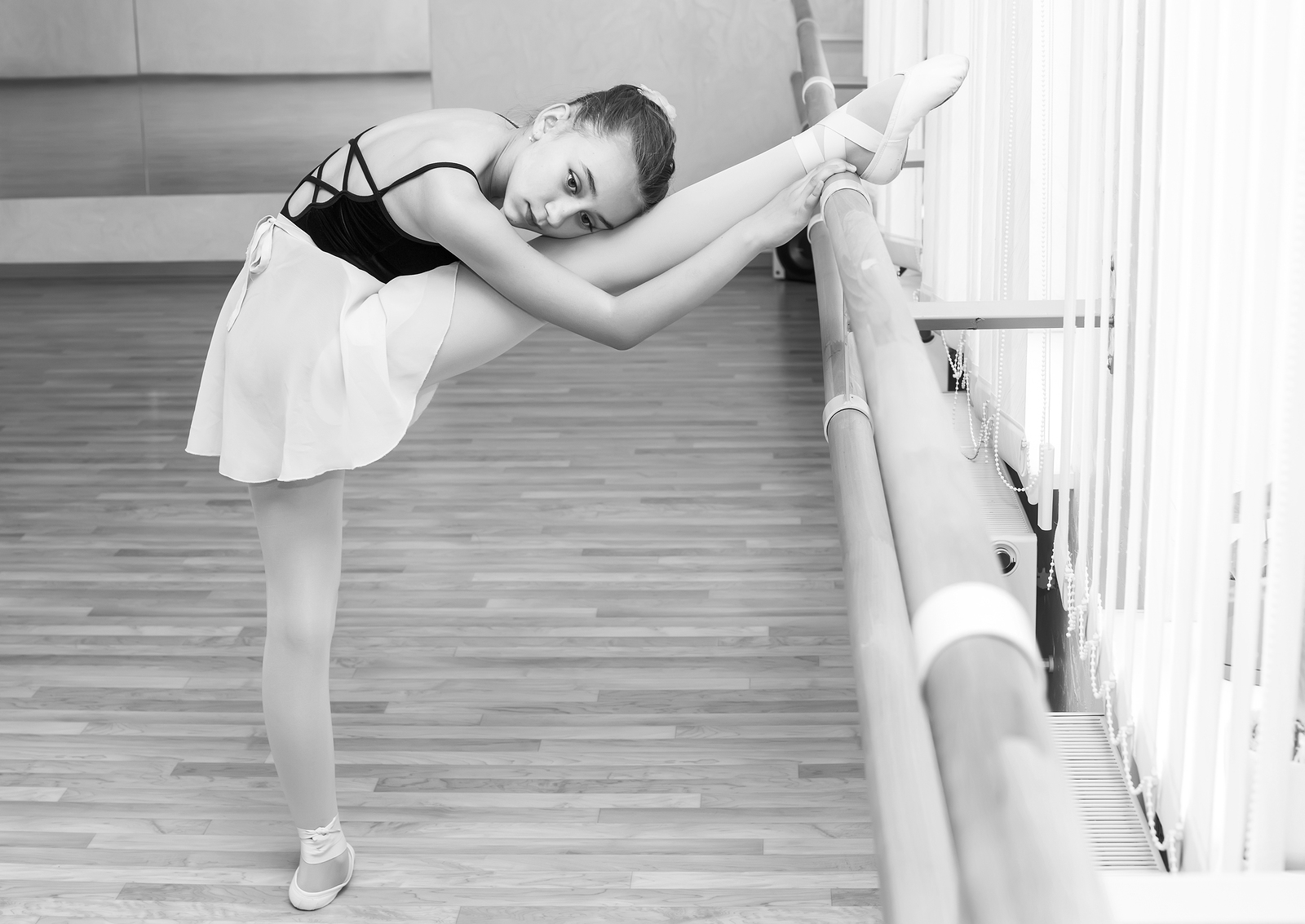We get many questions from parents and kids about scoliosis and sports. Each case of scoliosis is unique and must be considered individually but in this post we will try and overview a few things to be aware of. In general, we wholeheartedly encourage athletic participation and participation in gym class for kids with scoliosis unless there are contraindications as a result of another health condition.

In the case of kids who have had scoliosis surgery, parents and kids should check with their child’s surgeon about which athletic activities are allowed and how soon after surgery those activities are permitted.
When participating in a sport, or taking up a new one, there are things the scoliosis patient should take into consideration.
While most people focus only the lateral bend of the spine, it is also important to maintain the sagittal profile. For example, does the patient have a thoracic hypokyphosis (flattening of the spinal curve from the side) or thoracic hyperkyphosis (excessive rounding) of spine? One must also consider the sagittal profile in the lumbar spine as well, and avoid activities that create a lumbar hyperlordosis (excessive arching, for example, back bending which is commonly done in gymnastics). Similarly, scoliosis patients should avoid inducing a lumbar hypolordosis (flattening of the natural arch in the thoracolumbar spine). With scoliosis, the goal is a neutral sagittal profile, so the choice of exercise should take this into account.
A practitioner knowledgeable about scoliosis-specific exercise should be able to guide you. All things being equal, in general, patients with similar Cobb angles should choose different activities based on their sagittal curvature.
Unfortunately, there are few studies about scoliosis and sports. Fortunately, that is slowly beginning to change and in the past few years there have been a few studies which we’ve come across and will link to below.
Before we give an overview of a sampling of sports activities, our stance is that we rarely insist someone stop doing a sport they love even when, in theory, it may lead to an increased risk of progression. Taking away someone’s passion is dangerous in itself and could have a negative effect from a psychological standpoint. At this point, it is also important to note that there is no concrete evidence to suggest that any particular sport causes or worsens scoliosis. However, it is important to consider that certain postures may negatively influence scoliosis and sports that emphasize these postures may be good to avoid. In order to mitigate these effects, we recommend that patients learn and integrate modified activities of daily living as according to Schroth Best Practice®.
In general, sports or activities that jar the spine are not recommended. For this reason, we usually discourage long distance running with scoliosis because after certain distances (at the point of fatigue), the spine can begin to collapse into the curve and spine can get compressed. With that said, each runner will have a different tolerance for the point at which this occurs. Shorter runs or working out on an elliptical machine are good alternatives for basic cardio workouts. Biking is also a good alternative, as long as there is not too much forward flexion of the lumbar spine.

Many of our patients are swimmers, some of them at the competitive level. For these patients, swimming has been an effective adjunct to their program for its cardiovascular benefits. When I visited the Schroth clinic in Germany, I learned that swimming is considered a neutral activity for scoliosis patients. Recently, a study on swimming and scoliosis calls that conclusion into question. Obviously, certain movements are less harmful than others, but again, it’s very individual.

Certain yoga positions with its twisting in both directions can be potentially harmful to the asymmetric spine as well. Here’s a link to a yoga and scoliosis blog a while back. People who do yoga tend to be very passionate about it, but it’s important to have an open mind and understand the biomechanics of the scoliotic spine and not induce harm. One of our patients, an adult from New Jersey, is an avid yogi. After learning our Schroth Best Practice program, she was able to modify her yoga routine and some of her poses to be less harmful for her spine, and still does what she loves – in addition to her Schroth home exercises.
With respect to rhythmic gymnastics – one study found a ten-fold higher incidence in scoliosis in kids who were involved in rhythmic gymnastics (12%) compared to a control group who were not involved in the sport (1.1%). The article hypothesizes that a “dangerous triad” plays an important role in scoliosis etiology: joint laxity, delayed maturity and asymmetric spinal loading. Similarly, an Australian study measured the prevalence of scoliosis in ballet dancers vs. non-dancers. Although they used a small group of patients (n=30), they found that 30% of dancers had scoliosis, compared to 3% of non-dancers (which is similar to the statistic provided for the general US population).

Parents are often worried about scoliosis and sports that emphasize one side of the body. Those who are interested in one-sided sports like tennis, hockey, and bowling should consult a practitioner who is well-schooled in 3d scoliosis rehabilitation for specific advice.
What’s most important to know about scoliosis and sports is that physical activity should always be modified according to each person’s spine. During our program, we offer recommendations with respect to daily activities and spine-specific instruction.




